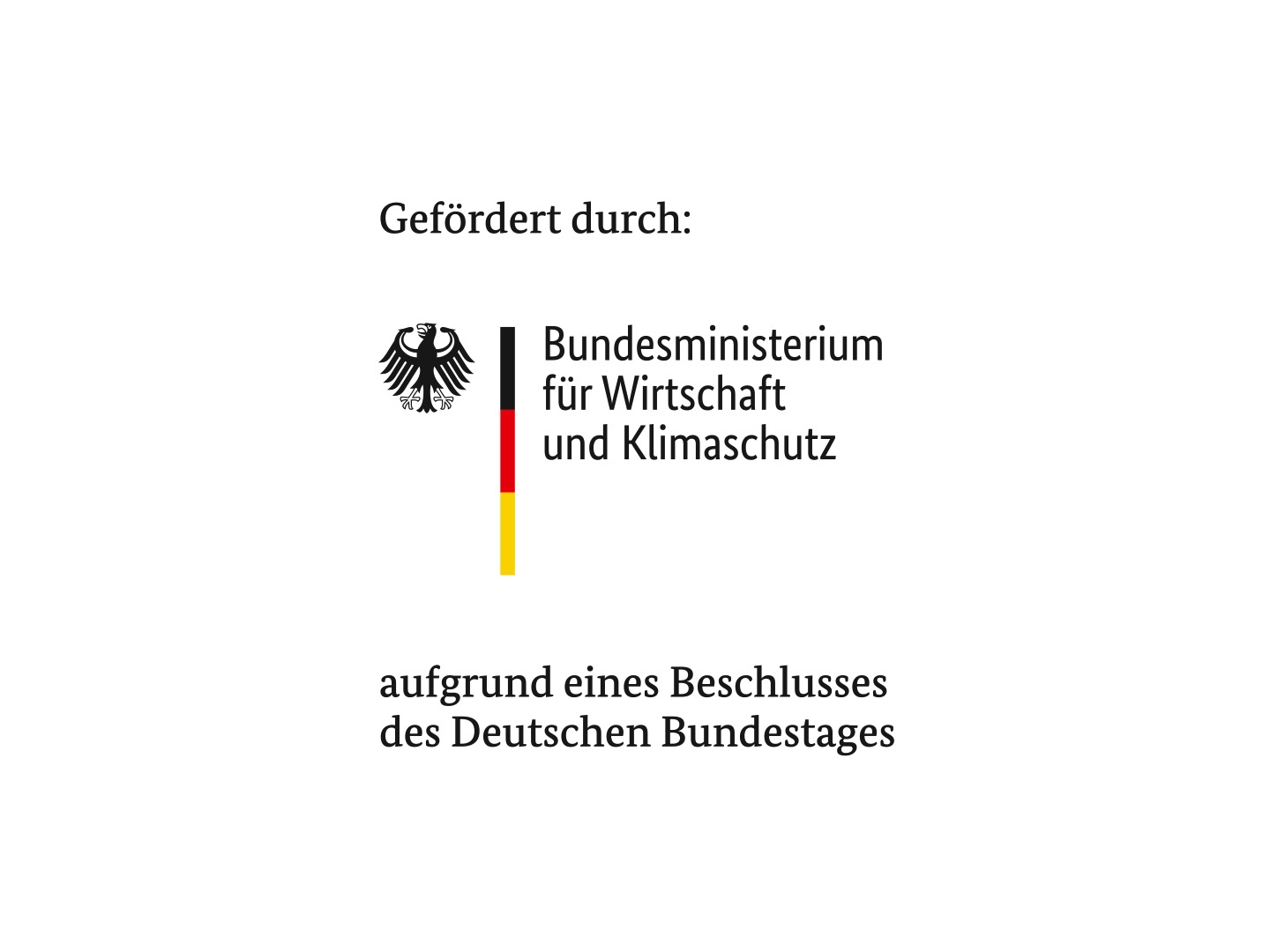Leaves are collected at the muncipal level in the course of street cleaning, park maintenance or organic waste collection and subsequently composted. Due to the sometimes poor rotting properties and at the same time relevant heating values, the energetic use of leaves is particularly interesting for municipalities. But what influence does leaf (co-)combustion have on the resulting emissions, and how should a leaf fuel be provided? In the SET-Laub project, the use of leaves for heat provision is analyzed energetically, economically and ecologically.
Fraunhofer UMSICHT compares biomass potential, energy and material balance of the conversion process, economic efficiency and environmental effects to the classic fuel wood (as wood chips). The existing leaf potentials and the supply chains are examined to ensure a high transferability.
Leaf combustion
Various mixture proportions of different foliage fractions were thermally tested with a conventional woody fuel in an incinerator (400 kW). During combustion, the Fraunhofer researchers quantified possible environmental impacts (dust, NOx, CO, organic and inorganic substances) in order to assess their use in combustion plants. Also investigated was the influence of collection location (street leaves, park maintenance, etc.), exposure duration, and storage type (ensiling and balling, briquettes) on the emission behavior of the potential fuel.
 Fraunhofer Institute for Environmental, Safety and Energy Technology UMSICHT
Fraunhofer Institute for Environmental, Safety and Energy Technology UMSICHT